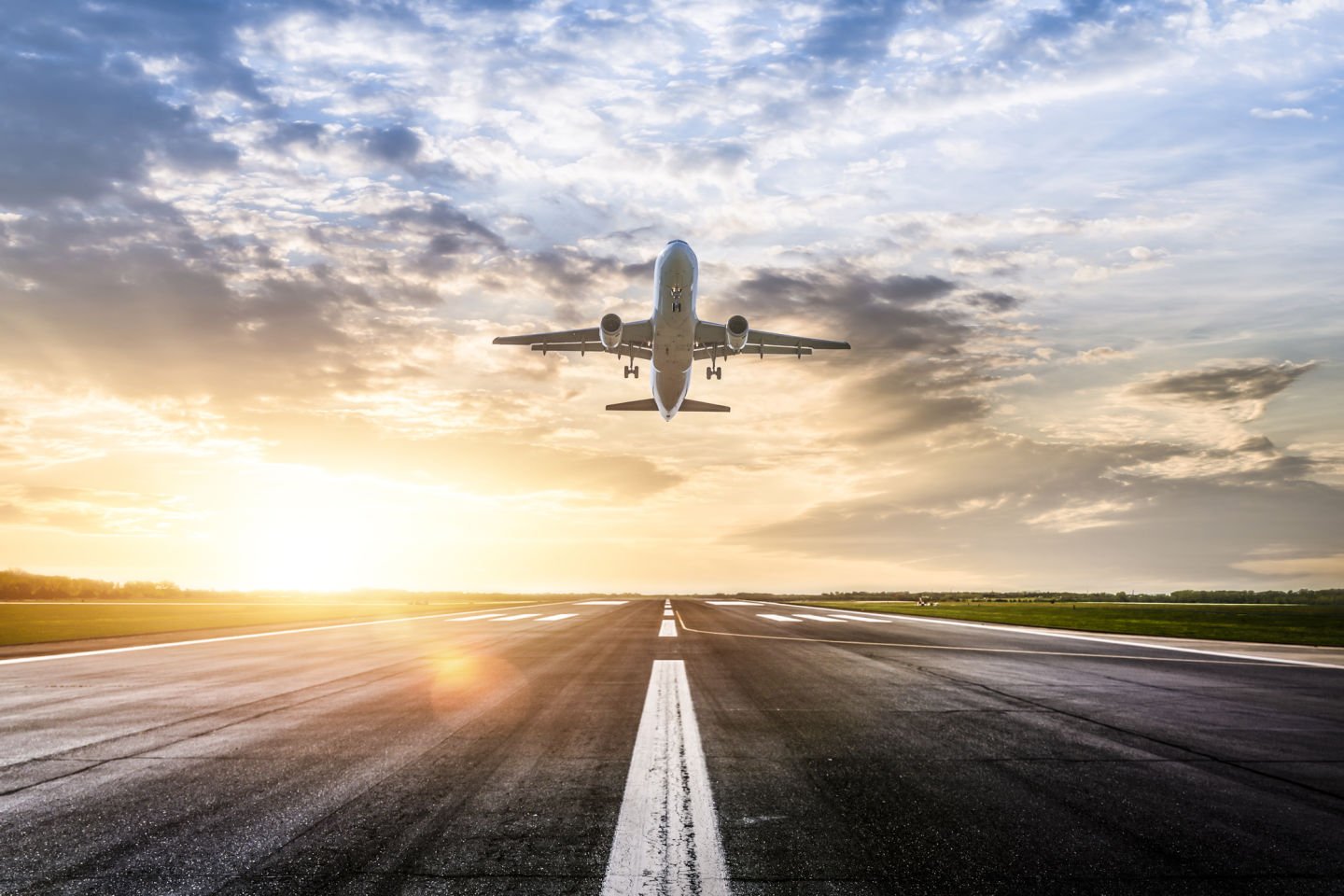Why accidents help make flying safer
Two incidents within a few days raised questions about commercial aviation, but they also demonstrated measures that can save lives.

It was every airplane passenger’s worst nightmare, yet at the same time it was being reported as something of a New Year miracle.
On 2 January, a collision at Tokyo’s Haneda airport between a landing Japan Airlines A350 Airbus and a Coast Guard Bombardier Dash 8 aircraft resulted in five deaths.
It was followed on 5 January by an incident involving an Alaska Airlines Boeing 737 MAX 9 that had just taken off from Portland, Oregon in the United States. A door frame blew out on ascent, leaving a gaping hole in the side of the plane. Again, some were calling it a miracle that all passengers survived. Many airlines have grounded their fleets of the MAX 9 as investigations continue.
While any loss of life is tragic, both incidents could have been much, much worse. At Haneda, all the deaths occurred on the smaller plane, which was heading to Japan’s west coast to deliver emergency supplies to earthquake victims. The 379 passengers and crew on the JAL Airbus, including 12 Australians, got out alive.
Despite hitting the other aircraft on the runway, the Airbus was quickly evacuated by crew members and was empty before it was fully engulfed by flames.
The incidents underscored the importance of crew training – and of passengers paying attention to the compulsory safety information at the start of every flight.
While the investigation is ongoing, it appears that the evacuation of the Airbus at Haneda was an orderly procedure. The outcome might have been very different if passengers panicked, failed to listen to crew instructions, or ignored warnings to leave their carry-on items behind.
Again, the causes are still being investigated, but the Oregon incident might have exposed a flaw in the aircraft design, which can be corrected, and underscores the importance of wearing your seatbelt at all times.
It is something to bear in mind if you ever find yourself in a similar situation – although, as those safety videos remind us, it is highly unlikely that you will.
When airline accidents happen, it’s big news. This is due to the possibility of a high number of fatalities at one time and, because almost everyone carries a smartphone with a camera, there is likely to be video footage of the event.
While fear of flying is widespread, it is not backed up by data. Being a passenger on a commercial flight is certainly less risky than being in a car, and – given that most accidents occur at home – arguably safer than not travelling at all.
A Harvard University study noted that flying in America, Europe, and Australia is significantly safer than driving a car. The odds of being in an aircraft accident are one in 1.2 million, and the chance of that crash being fatal is one in 11 million. Comparatively, your chances of dying in a car crash are one in 5,000.
Aviation continues to get safer because every crash, near miss, or unusual incident is thoroughly investigated, and where necessary, aircraft designs and flight procedures are changed to minimise the chances of a recurrence.
A Conde Naste Traveler report on changes that have made commercial aviation safer includes:
US Federal Aviation Authority (FAA) rules to combat pilot fatigue. Introduced after a fatal crash in 2004, the regulations limit the number of hours a pilot can fly and mandate a minimum number of hours of rest between flights.
The automation of key aircraft functions, including backups that kick in when something goes wrong.
Satellite technology that helps pilots to avoid bad weather and navigate more efficiently.
Increased passenger awareness of safety regulations, including the reasons why we shouldn’t smoke onboard and the need to keep our seatbelts buckled.
The incidents at Haneda and Oregon will be thoroughly investigated and any equipment faults, procedural lapses, or human errors that occurred will be addressed.
That should mean that the next time you get on a plane, it will be even safer than before.
Further reading: Simple Flying, The Week, SBS, ABC




